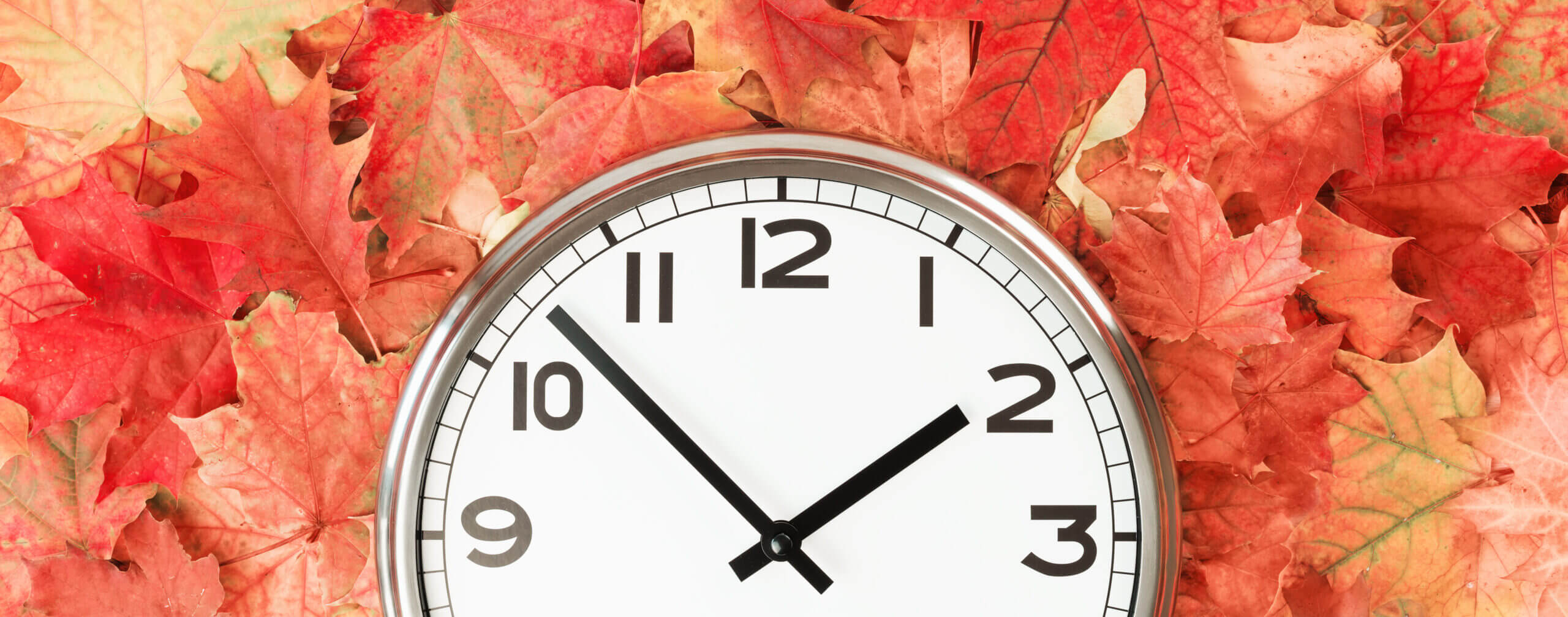Free Consultation

Daylight Savings Time: “Fall Back” Causes More Accidents?
This Sunday, November 1st, we will all join in turning our clocks back for the winter months. While some dislike the seasonal shifts of Daylight Saving Time (DST) for the inconvenience to their sleep cycles and busy schedules, there’s a more serious side: the loss of an hour of afternoon sunlight when it ends—as it does this weekend—may increase the likelihood of traffic accidents. This disruption to the body’s internal clock, as well as lighting changes while driving to and from work, can make operating a vehicle in the weeks following “fall back” more dangerous than usual. In fact, studies have found a correlation between increased fatal car accidents and DST. How does daylight savings time impact driving and the number of accidents?
- Researchers at the University of Colorado at Boulder studied the daylight saving time period (from 2002-2011) and found over 30 deaths annually (or 302 over the 10-year period) could have been caused by the DST change.
- When daylight savings time ends, we lose an hour of afternoon sunlight. This may increase the likelihood of car accidents since more time is spent on the road in the darkness.
- Studies have shown that more people are active during the evening. Without the added sunlight provided by daylight savings time, driver visibility is reduced, increasing the odds of a crash.
- Adding an hour of sunlight in the evening year-round would save the lives of more than 170 pedestrians annually, according to a recent study in Accident Analysis and Prevention. The lives of nearly 200 vehicle occupants would also theoretically be saved by the change.
- Some experts state that the abrupt time change that accompanies the start and end of daylight savings time leaves little time for people to adapt. As a result, drivers may still behave as if it’s light outside even when it’s dark. They may drive faster and, at the same time, pedestrians may be less attentive.
- It takes about a week for most people to acclimate to the change in time and resume their normal levels of safe driving. Although we get an extra hour of sleep in the fall, this still results in changes in sleep patterns and behaviors, even leading to sleep-deprivation from the shift.
- Martin Moore-Ede, a former professor at Harvard Medical School and an expert on driver fatigue, attributes the increase in accidents associated with daylight savings time to too many sleep-deprived drivers on the road at the same time. Studies have shown that drowsy driving impairs drivers to nearly the same extent as operating under the influence of drugs or alcohol.
Car accidents, by nature, are unpredictable. There is no exact science to forecast or prevent them from happening and they can be difficult to manage on your own. If you’ve suffered an injury in a car accident, our experienced team of attorneys is here to help. For a free consultation, contact us today.
Source:
Fatal accidents following changes in daylight savings time: the American experience
Rachel D. Olszewski, an attorney at Scartelli Olszewski, P.C., is a dedicated advocate for clients who have suffered unjust harm. Following the legacy of her esteemed family members, Rachel specializes in personal injury, medical malpractice, and criminal defense. She is actively involved in professional associations and serves on the board of the Luzerne County Bar Association Charitable Foundation. Rachel is admitted to practice in Pennsylvania state courts and the U.S. District Court for the Middle District of Pennsylvania.
Linked In - https://www.linkedin.com/in/olszewskirachel/

